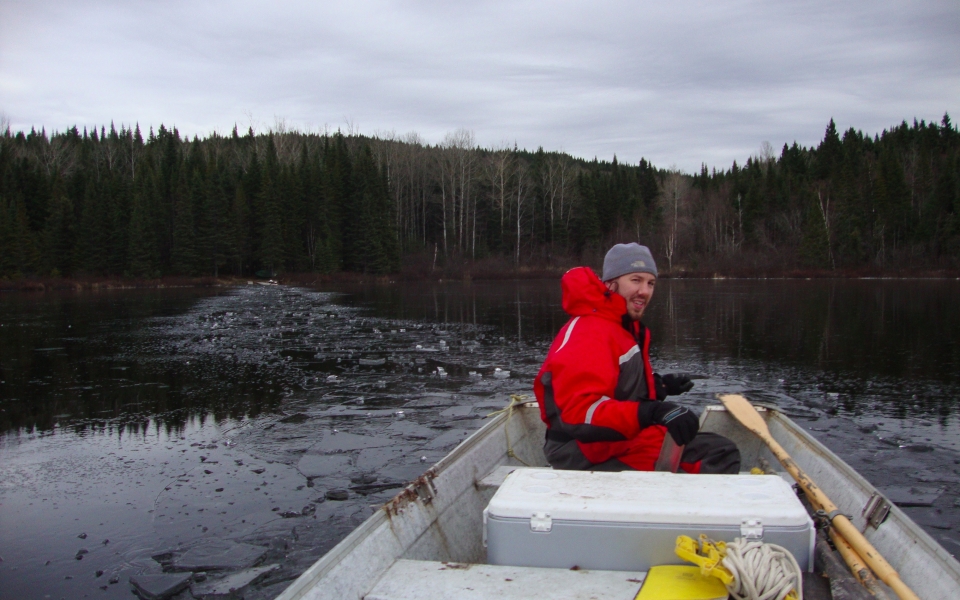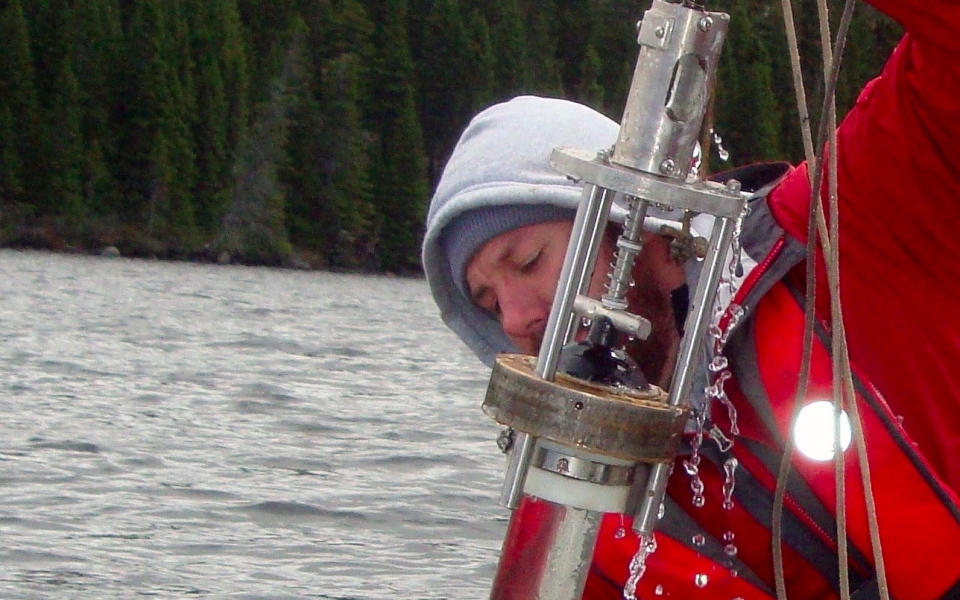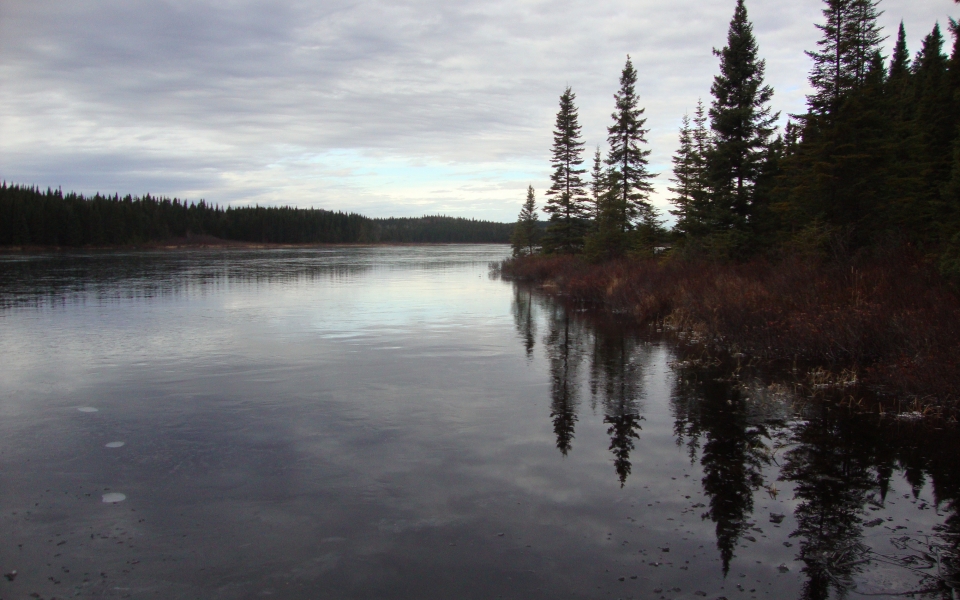Cross-posted from Field Notes, the blog of the St. Croix Watershed Research Station, the Science Museum of Minnesota’s field station.
The boreal lakes of northern Minnesota and Canada are considered some of the most pristine and protected bodies of water on Earth. Their reputation is a big part of their appeal for fishing, canoeing, and other recreation. Thanks to their remote locations and undeveloped watersheds, it has long been assumed that they are largely safe from pollution.
Not so.
New research by St. Croix Watershed Research Station scientists and major universities shows that lakes in the boreal ecosystem have been significantly altered by human activity since at least the beginning of the 20th century. The findings were recently published in the scientific journal Nature Communications.
“Atmospheric nitrogen deposition has increased tenfold globally in the last 150 years,” says Dr. Adam Heathcote, a station scientist and the study’s lead author. “We’ve long understood how that affects our forests in terms of increasing plant production. We’ve only just begun to figure out how this will transfer to the lakes within those forests, many of which Minnesotans value so highly.”
Using dated sediment cores, the research team measured the rate at which organic matter from decomposed algae and plant material accumulated at the bottom of more than 100 lakes across the United States and Canada over the last 150 years. This build-up of organic matter at the bottom of lakes, called carbon burial, is closely tied to the ecological function of a lake and its surrounding environment.
Heathcote and his colleagues found that the carbon burial rate in the study lakes had doubled in the last 100 years and was up to five times higher than scientists had previously thought.
Increasing carbon burial in lakes may sound like a good way to reduce humanity’s carbon footprint and climate change, but Heathcote cautions that there’s no such thing as a free lunch. It could have negative impacts on lakes either by increased tea-colored staining from dissolved plant materials washing into the lakes or more nuisance algal blooms stimulated by greater amounts of nitrogen, a key plant nutrient.
The increased burial rate is linked to industrial air pollution, which releases reactive nitrogen into the atmosphere that is later deposited as nitrate. But it is not yet known whether it is being directly deposited, or if the lakes are on the receiving end of a chain reaction.
“Where is this additional organic matter coming from? Is it simply increased forest production or are the lakes themselves being fertilized from nitrogen quite literally raining down from the sky? Are these lakes becoming browner from increasing runoff or are nuisance algae blooms becoming more frequent due to nitrogen fertilization?” Heathcote asks. Both are likely important, but definitive answers to these questions will require more research.
The boreal forest contains more lakes than any other biome on Earth and is home to some of Minnesota’s most prized recreational and environmental treasures, and understanding how global change will impact these lakes is critically important for our efforts to protect them.
This study was led by Heathcote, and was co-authored by John Anderson of Loughborough University (Dept. of Geography), Yves Prairie and Paul del Giorgio of Université du Québec à Montréal (Dept. of Biology), and Daniel Engstrom, also from the St. Croix Watershed Research Station. The research was funded primarily by the National Sciences and Engineering Research Council of Canada.




